Coupling the environment to atomistic simulations of interfacial problems in (electro-)chemical energy conversion and storage
-
Date:
July 11
- Speaker:
-
Time:
9:45 - 10:20
-
Abstract
Axel Groß1,2
1 Institute of Theoretical Chemistry, Ulm University, 89069 Ulm/Germany
2 Helmholtz Institute Ulm (HIU) Electrochemical Energy Storage, 89081 Ulm/Germany
Electrochemical energy storage and conversion is of critical importance for our future sustainable, environmentally friendly energy supply. Due to this importance, significant research and development efforts are undertaken worldwide in order to improve our understanding of electrochemical processes at electrolyte/electrode interfaces and to develop more efficient electrochemical devices such as electrocatalysts, fuel cells and batteries. However, any reliable atomistic modelling of structures and processes at catalysts and electrode surfaces should take the influence of the environment appropriately into account, as the structure and function of these surfaces can strongly depend on (electro-)chemical control parameter such as temperature, pressure, concentrations or electrode potential. Although progress has been made to take the environment explicitly into account [1], typically the required statistical averaging still makes this approach numerically very demanding for the modelling of (electro-)chemical interfaces.
Fortunately, there are elegant concepts to address this issue by combining atomistic quantum chemical studies with grand-canonical schemes [2] which are coined ab initio Thermodynamics in heterogeneous catalysis and Computational Hydrogen Electrode in electro-catalysis. In this contribution, I will review and contrast these approaches, discuss the challenges associated with them, and illustrate them using examples from heterogeneous and electro-catalysis [3, 4] and from battery research [5,6].
Literature:
[1] Axel Groß and Sung Sakong, Chem. Rev. 2022, DOI: 10.1021/acs.chemrev.1c00679
[2] Axel Groß, Curr. Opin. Electrochem. 2021, 27, 100684.
[3] Mengru Li, Sung Sakong, Axel Groß, ACS Catal., 2021, 11, 7411.
[4] Florian Gossenberger, Fernanda Juarez, Axel Groß, Front. Chem. 2020, 8, 634.
[5] Fernanda Juarez, Hui Yin, Axel Groß, J. Phys. Chem. C, 2022, 126, 2561.
[6] Holger Euchner and Axel Groß, Phys. Rev. Mater. 2022, 6, 040302.

